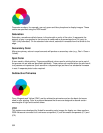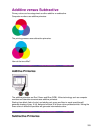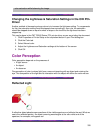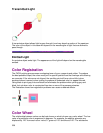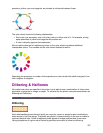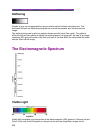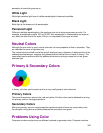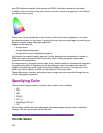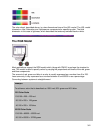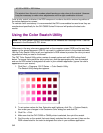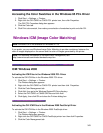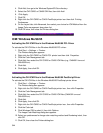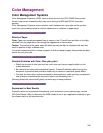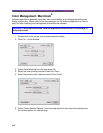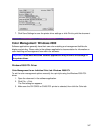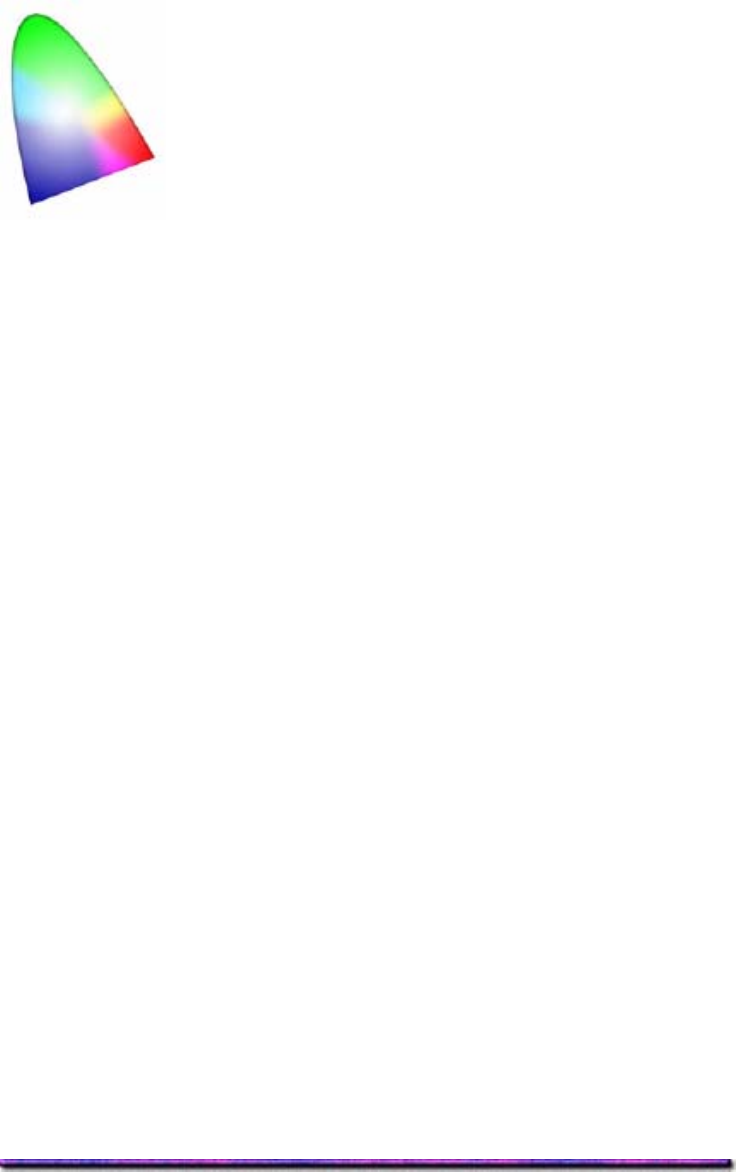
use RGB (additive primaries) while printers use CMYK (subtractive primaries, plus black).
In addition, there is a limit on how many colors a monitor or printer can generate. This is known
as a device's color gamut:
Some colors can be reproduced on both devices, while others can be displayed on a monitor
but cannot be printed, or vice versa. In practice this may lead to a printed page not matching the
original on-screen image. What has happened?
Images can be captured:
through scans
through digital photography
through direct input via application programs
But however the original image is obtained, it will be displayed and manipulated on-screen in
RGB color, then converted to CMYK for printing. Each of these processes requires data
conversion and manipulation.
An image seen on a computer monitor relies on the monitor's ability to reproduce the image and
represent colors within it. Adjustments such as brightness, color and contrast also tailor the
image to the preference of the viewer rather than a display of true color. The data sent to the
printer may not be adjusted to allow for imperfections in the toners used.
These differences in monitors and printers can to a large extent be reconciled through the use
of Color Management Systems.
Specifying Color
There are many ways to specify color and many models to use, including:
HSL
RGB
HSB
CMY[K]
CIE Yxy
CIELAB and CIELUV
YCC
Each of these models have their advantages and disadvantages and are useful in particular
situations. We will only discuss the first two here.
The HSL Model
340



